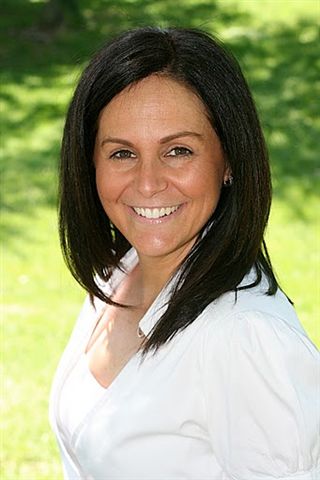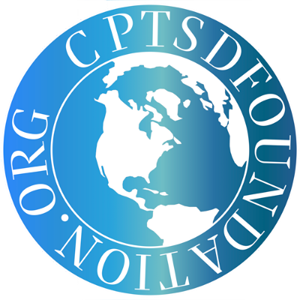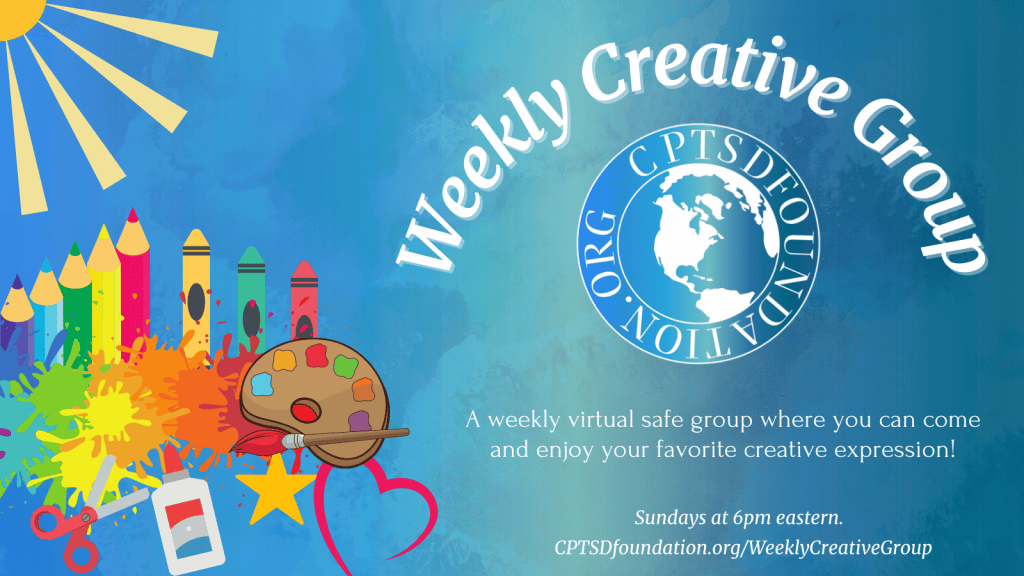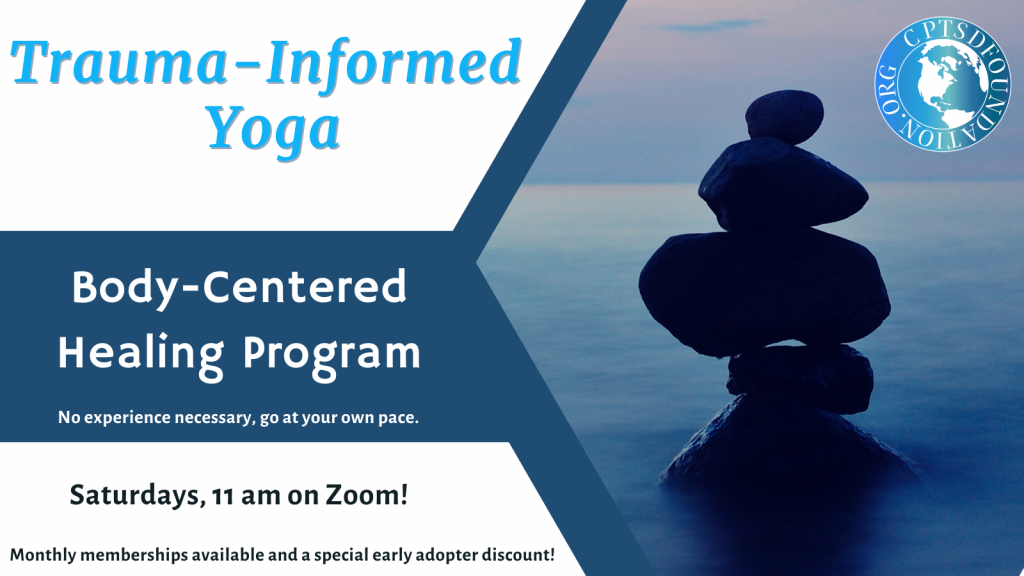I am grateful to each of you who reads our articles, blogs, and messages. I am also so grateful to have followed my own dream and started writing, developing this space that allows me to share information in these posts.
As we continue to live in what seems like increasing uncertainty in the world on a daily basis, I wanted to share a few ideas around change and how to manage a life of unknowns.
Change doesn’t stop coming.
Life is full of changes, development, and growth throughout time. Some of those changes feel good — they are easy to see as positive growth. Some changes feel scary, dysregulating or destabilizing. No matter what changes in life occur, we must find a way to live. We must find a way to live in a life where we don’t know what is going to happen next. We learn to live with uncertainty.
Uncertainty can be in anything from the bigger world issues to your relationships, to the weather, or anything in between. Because even if we have grown comfortable riding the waves of life (by having wide, expansive windows of tolerance), it doesn’t mean we’re in control. Sometimes uncertainty pushes hard on our growth edges. For trauma survivors who have grown up with uncertainty that included danger and abuse, uncertainty can be especially triggering.
I know many of you are living in fear right now, some of which feels so familiar to the past – dangerous and even scary. Do you find yourself living in fight, flight, or freeze? Is that fear current, or is it fueled by the past? Is there a way it can be safe enough for you to live in the current uncertainty? Here are some ideas…
Trees bend, so they don’t break.
A tree can withstand ferocious winds at times because, while it’s strong, it bends. It sways. It can tolerate floods and droughts. That is because with trees, there is a built-in flexibility. Conditions don’t have to be exactly perfect for it to survive, stand strong, grow, and at times, even thrive. Some seasons are harder than others. And most trees withstand the daily changes by bending and swaying, always continuing to grow. As a human being, this type of flexibility is also necessary.
Change is hard. There can be mourning or grief.
Uncertainty and change come with grief … even for “happy” times, when things are “supposed to” be good. Getting married, having a child, going to college, and getting a new job — all come with joy, uncertainty, and grief. We never know what is next – even if we try really hard to plan for it! As we move on to something new, we lose what was. We only mourn or grieve for things that have meaning for us. Grieving is important – it makes space for feelings. We must feel the grief and find a new way forward … to renegotiate with ourselves our view of what life looks like. The narrative changes, and the story goes on. It happens. Everyday. People do this all the time in big and small ways and come out better on the other side.
Different seasons require different skills and coping mechanisms.
Sitting in uncertainty can feel uncomfortable. It can feel scary. How do we self-regulate? We can sway, bend, reassess, and renegotiate. We can find ways to add joy. We can bring forth the skills we need at the moment, and then notice when our coping skills need an update.
The healing you’ve done doesn’t go away. It gets built upon.
Yes, even those who have done work on themselves, who have grown and repaired hurt, get triggered. Change and uncertainty can trigger fear or pain. No one is immune to feeling pain. Certain circumstances might expose the need for further repair or healing. You might find that you start to rely more heavily upon old coping mechanisms again. It’s important to remember that the healing you’ve already done stays with you. Healing never ends. We keep growing and healing for our whole lives.
We can learn from trauma survivors.
Trauma survivors lived with uncertainty. They lived with pain. They figured out how to live in the most uncertain circumstances, again and again. They are humans who overcome the most insurmountable horrors and still survive and thrive. Trauma survivors remind me every day of the amazing resilience inside the human spirit. I feel very lucky to be surrounded by trauma survivors because they hold superpowers. They figure out how to survive. Those who didn’t experience complex trauma early in life may only be starting to accumulate trauma recently, beginning even with the threat to safety and life that the COVID-19 pandemic brought, and then moving on to other life events.
Can you notice finding solace, hope, and tried-and-true empowerment in those who have healed and thrived after trauma? Noticing the strength in those who survived such horrific experiences and have worked to heal and repair themselves. Trauma survivors exude resilience. They figure it out. They then do the work. If you think you can’t do it, look at a trauma survivor to know what’s possible. We just have to find the way. We can learn.
Even when uncertainty makes you feel destabilized, can you remember your healthy coping skills? Can you notice or find some safety? How can we increase your capacity to be present in the hard work you are doing?
Grace is necessary!
Humans aren’t perfect. Healing isn’t linear. Some days and periods are harder than others. Some periods test us beyond measure, and some people experience different levels of hardship. Some won’t adhere perfectly to the path they set out. Some will fall down completely. Compassion is one of the most important things you can give yourself. Please make space to be human.
Connection is (still, and always will be) everything.
Look to your people. Lean on your people. Safety is found in connection. Look for the helpers. If lack of trust is getting in the way, read this. If you’re starting to see your current relationships differently as you heal from trauma, read this. You deserve a connection.
Finding ways to laugh can provide relief.
In Judaism, we sit shiva after a loved one passes away. This is a time for grief. This is also a time for connection – being with our grief and our people at the same time. Inevitably, while being together in grief, along with the sadness and the loss, someone shares a funny story or anecdote. We remember with joy and even laughter, and laughter is a grounding and unifying force. Even in grief and uncertainty of what is next, we can feel sadness, laugh, and feel connected, knowing we are not alone in our pain.
Breathe.
Inhale. Exhale. Notice what you do have in your life. Notice your ability to breathe. Notice who you have in your life. Look at the strong and resilient trees. Take example from trauma survivors.
Notice we have been writing about this for years: Here are some more tips on how to survive trauma in the least harmful way possible.
When we are scared…
When we don’t know what will happen next…
We can fight, take flight, or freeze.
Or we can — as often as possible — breathe, stay present, notice what we need in each moment, give it to ourselves, and put whatever good we can into the world.
As a therapist, I’m going to attend to uncertainty as I always have. By staying consistent, adaptably steady. By providing a safe space. By finding strength in my community. By giving and receiving kindness and care.
In life, we manage uncertainty every day. Sometimes it’s easier, and sometimes it’s harder. Sometimes we need to have a day to grieve, take a step back, be in our pajamas, breathe and cry, and grow. And then we connect. And we figure out a new path. And we heal … And then it happens again.
Life is full of uncertainty. It takes a lot of resilience to keep getting back up — and sometimes we have to borrow and share that resilience. Isolation is not the way forward. Connection is the way forward. Connection builds our resilience. Isolation doesn’t have shared resources. Together we do.
More resources will come as we continue to connect.
Photo by Fallon Michael on Unsplash
Guest Post Disclaimer: Any and all information shared in this guest blog post is intended for educational and informational purposes only. Nothing in this blog post, nor any content on CPTSDfoundation.org, is a supplement for or supersedes the relationship and direction of your medical or mental health providers. Thoughts, ideas, or opinions expressed by the writer of this guest blog post do not necessarily reflect those of CPTSD Foundation. For more information, see our Privacy Policy and Full Disclaimer.

Robyn is a Licensed Marriage and Family Therapist with 20+ years of experience providing psychotherapy, as well as the founder and clinical director of a private practice, Brickel and Associates, LLC in Old Town, Alexandria, Virginia. She and her team bring a strengths-based, trauma-informed, systems approach to the treatment of individuals (adolescents and adults), couples and families. She specializes in trauma (including attachment trauma) and the use of dissociative mechanisms; such as: self-harm, eating disorders and addictions. She also approaches treatment of perinatal mental health from a trauma-informed lens.
Robyn also guides clients and clinicians who wish to better understand the impact of trauma on mental health and relationships. She has a wide range of post graduate trauma and addictions education and is trained in numerous relational models of practice, including Emotionally Focused Couple Therapy (EFT), the Psychobiological Approach to Couple Therapy (PACT), and Imago therapy. She is a trained Sensorimotor Psychotherapist and is a Certified EMDRIA therapist and Approved Consultant. Utilizing all of these tools, along with mindfulness and ego state work to provide the best care to her clients. She prides herself in always learning and expanding her knowledge on a daily basis about the intricacies of treating complex trauma and trauma’s impact on perinatal distress.
She frequently shares insights, resources and links to mental health news on Facebook and Twitter as well as in her blog at BrickelandAssociates.com
To contact Robyn directly:
www.BrickelandAssociates.com




